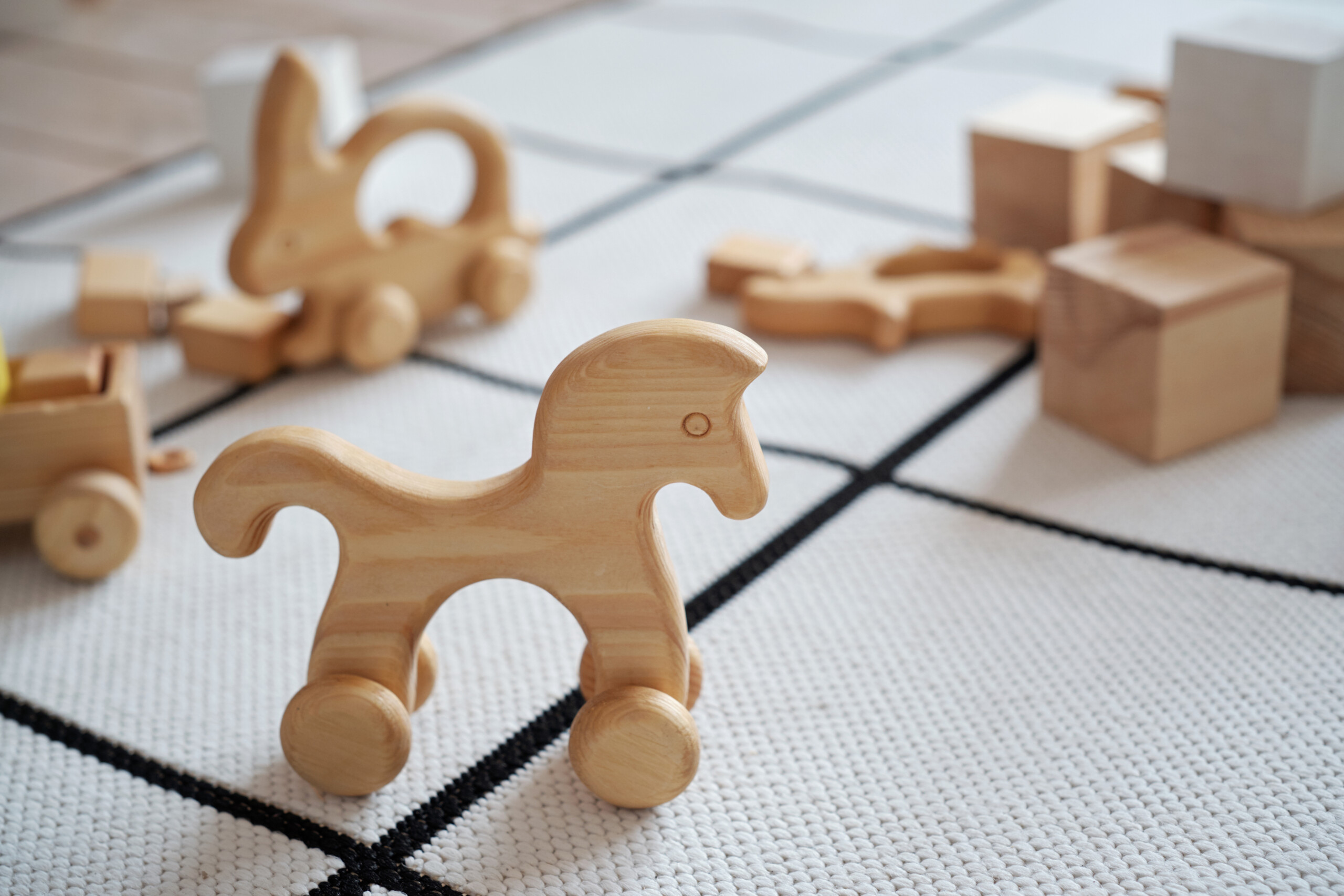Riding a stiff or dull horse can be very frustrating and can keep you from getting the response or action out of your horse that you desire. Not having a certain amount of responsiveness in your horse can also keep you from progressing in your training trajectory because your horse, in most cases, needs to be soft and responsive in order to achieve more advanced skills. What I mean by softening is the idea that a horse is soft or responsive to my cues.
Below I’m going to share with you the basic principles behind softening your horse and give you ways to start getting them to respond to less and less pressure so that you can have a horse that is soft in the face and in his sides, responding to the lightest of pressures applied.
Lets begin with some basic training principles
As much pressure as necessary and as little as possible
One of my favorite principles when it comes to training horses is the phrase “use as much pressure as necessary but as little as possible.” This is important to keep in mind when we are trying to soften a horse because in order to get a horse to respond to less pressure we have to first ask it with a smaller amount of pressure and then if it doesn’t respond, keep increasing the pressure until we get the response we are looking for.
For example:
If I’m trying to get my horse to increase its speed from a trot to a lope and I know that horse will only start loping once I kick it or strongly nudge with my calves, if I always ask that horse to increase its speed by kicking right off the bat, I will always have to kick that horse in order for him to move faster. But, if I know he will only lope once I kick him, but everytime I ask him to lope, I first give him a gentle squeeze and then if I don’t get the response I’m looking for I will increase that pressure to a strong nudge, then my horse will start associating the squeeze with the stronger nudge and will eventually begin softening to my legs. The more I ask a horse lightly first and then increase pressure to get the response, the softer and softer my horse will continue to get.
A quick release of pressure is key to building soft and confident horses
In order to build soft and responsive horses, we have to also be responsive. There’s an idea that soft hands make soft horses but in my experience, soft hands typically make for unresponsive horses. Responsive hands make soft and responsive horses.
The main point to make here is that we always want our communication with our horses to be abundantly clear.
For example, if I just want to have soft hands and i ask my horse to turn left by pulling on my left rein and the horse just floats and keeps veering right, and then I do nothing about this because my goal is just to have soft hands, in that case I confuse that horse and increase frustration in our relationship because he now has learned that a left rein pull means nothing and there is no expectation from the rider that he do anything in response to the pull.
While Brene Brown is not a horse trainer, she is a genius when it comes to interpersonal communication. She says that “Clarity is kindness”. While this is true for human communication I’ve also found it to be extremely helpful in horse training as well.
One of my core tenants when thinking about softening a horse is making sure I’m being clear with my horse. That is one of the kindest things I can do for them. If they are giving me their time and attention, I want to give them the gift of clarity so that they know when they’ve done something wrong and when they’ve done something right.
In the same example as the one above if I changed my goal from having the softest hand to having the most responsive hands whiles using the least amount of pressure necessary, the situation might have gone more like this:
I pull on the left rein gently, the horse continues to move to the right. I increase the pressure steadily until I get the horse to move to the left and then the moment that horse takes a step to the left I quickly release the pressure. After repeating this just a few times, I will have a horse who knows what left rein pressure means and I’ve also built his confidence by helping him know how to win (giving to pressure instead of going against it).
Practice doesn’t make perfect. Perfect practice makes perfect.
Okay, before we get too deep into the above, I know none of us can truly be perfect, and we are all in different stages of growth in our journeys with horses. It is more of the heart behind this statement that I try to grasp every time I start working with a horse. I try to intentionally take a few minutes, whether it’s on the way to the barn or on the walk to catch my horse to think through the challenges I’m facing with my horse and how I can most clearly help them understand what I’m asking them to do and how I can most clearly give them a release when they’ve done what I’ve asked so that I can effectively build their confidence and our connection. I think about these things before I get on because I don’t want to just go through the motions with my horse if there are other tactics or ways I can communicate with them that are going to be more efficient, peaceful and help me get a better response from my horse.
To sum it all up, softening a horse is a constant journey and in my experience, everytime you get on your horse, you are either softening that horse or making them more numb. There is no neutral ground. So let’s all be those who are softening our horses and building their confidence every single time we get on. It’s the best gift we could give these amazing animals who try so hard to please us.
If you have more questions or would like to connect with someone on our staff, feel call us at the number below!
Call us today!




